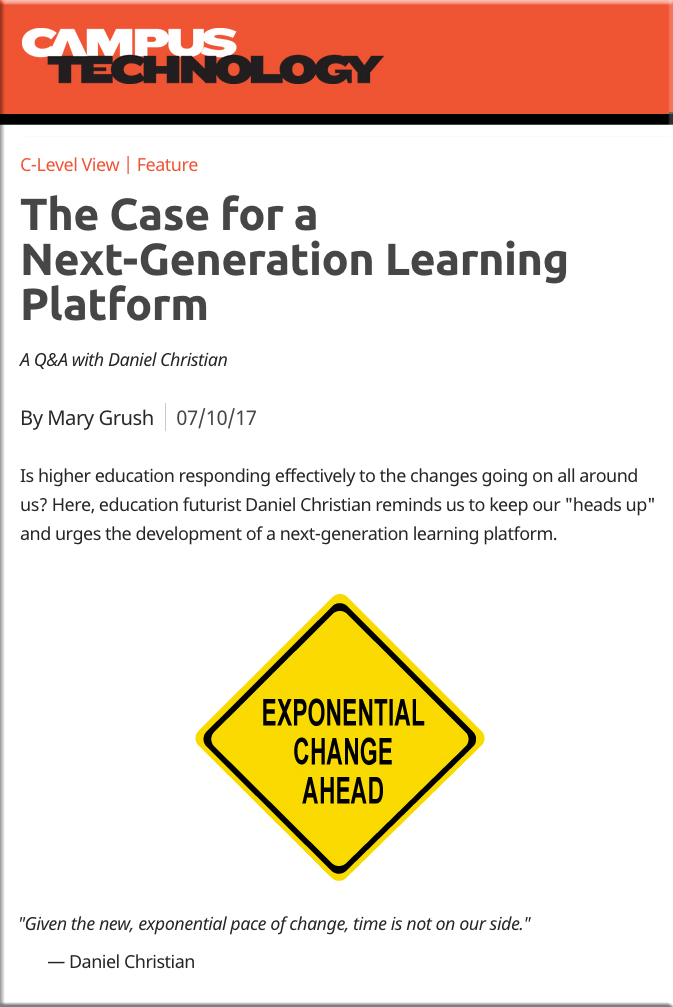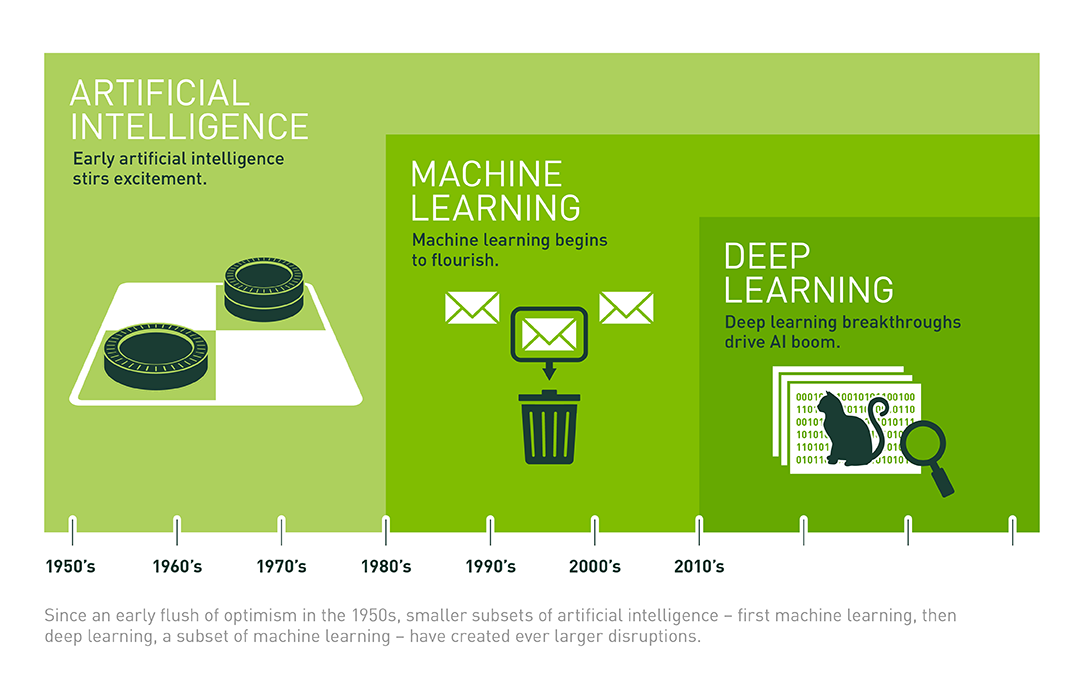Chatbot lawyer, which contested £7.2M in parking tickets, now offers legal help for 1,000+ topics — from arstechnica.co.uk by Sebastian Anthony
DoNotPay has expanded to cover the UK and all 50 US states. Free legal help for everyone!
Excerpt:
In total, DoNotPay now has over 1,000 separate chatbots that generate formal-sounding documents for a range of basic legal issues, such as seeking remuneration for a delayed flight or train, reporting discrimination, or asking for maternity leave. If you divide that by 51 (US and UK) you get a rough idea of how many different topics are covered. Each bot had to be hand-crafted by the British creator Joshua Browder, with the assistance of part-time and volunteer lawyers to ensure that the the documents are actually fit for purpose.
British student’s free robot lawyer can fight speeding tickets and rogue landlords — from telegraph.co.uk by Cara McGoogan
Excerpt:
A free “robot lawyer” that has overturned thousands of parking tickets in the UK can now fight rogue landlords, speeding tickets and harassment at work.
Joshua Browder, the 20-year-old British student who created the aide, has upgraded the robot’s abilities so it can fight legal disputes in 1,000 different areas. These include fighting landlords over security deposits and house repairs, and helping people report fraud to their credit card agency.
…
To get robot advice, users type their problem into the DoNotPay site and it directs them to a chat bot that can solve their particular legal issue. It can draft letters and offer advice on problems from credit card fraud to airline compensation.
Free robot lawyer helps low-income people tackle more than 1,000 legal issues — from mashable.com by Katie Dupere
Excerpt:
Shady businesses, you’re on notice. This robot lawyer is coming after you if you play dirty.
Noted legal aid chatbot DoNotPay just announced a massive expansion, which will help users tackle issues in 1,000 legal areas entirely for free. The new features, which launched on Wednesday, cover consumer and workplace rights, and will be available in all 50 states and the UK.
While the bot will still help drivers contest parking tickets and refugees apply for asylum, the service will now also help those who want to report harassment in the workplace or who simply want a refund on a busted toaster.
From DSC:
Whereas this type of bot is meant for external communications/assistance, we should also watch for Work Bots within an organization — dishing up real-time answers to questions that employees have about a variety of topics. I think that’s the next generation of technical communications, technical/help desk support, as well as training and development groups (at least some of the staff in those departments will likely be building these types of bots).
Addendum on 7/15/17:
LawGeex: Contract Review Automation
Excerpt (emphasis DSC):
The LawGeex Contract Review Automation enables anyone in your business to easily submit and receive approvals on contracts without waiting for the legal team. Our A.I. technology reads, reviews and understands your contracts, approving those that meet your legal team’s pre-defined criteria, and escalating those that don’t. Legal can maintain control and mitigate risk while giving other departments the freedom they need to get business moving.










![The Living [Class] Room -- by Daniel Christian -- July 2012 -- a second device used in conjunction with a Smart/Connected TV](http://danielschristian.com/learning-ecosystems/wp-content/uploads/2012/07/The-Living-Class-Room-Daniel-S-Christian-July-2012.jpg)






